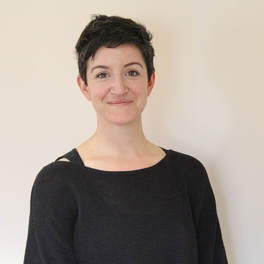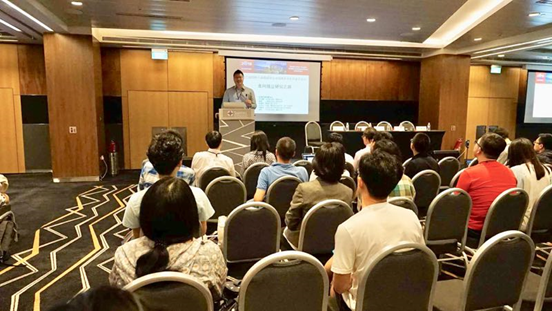|
The Annual Event of Chinese Young Scholars for Human Brain Mapping was held on June 19th, during the 2018 OHBM Annual Meeting in Singapore. This was the second annual event, and continued the success from the inaugural meeting in Vancouver. The theme for this year’s event was “The Road to Independence”. Around 200 young scholars from universities around the world participated.
0 Comments
By Nils Muhlert
In much of biomedical science the questions dictate the methods. This often means we have to draw on knowledge from different disciplines, or combine data from different modalities to converge on a likely solution. In a first for the OHBM blog we asked a senior PI to interview a more junior PI within their institution. This was always going to lead to interesting discussions - but when Heidi Johansen-Berg, director of the new Wellcome Centre for Integrative Neuroimaging in Oxford, agreed to interview the multi-modal brain mapper Charlie Stagg, it became clear that we would be acquiring a full spectrum of insight into scientific and career-related issues. What follows is a wide-ranging discussion on moving from medicine to pure research, combining information about neurotransmitters from MR spectroscopy with neurostimulation techniques and the potential benefits of mapping from preclinical to clinical imaging. (or, How I became an advocate of Open Science in 5 days.)  Cass Cass It’s the final day of OHBM 2018, and I’m tired. I’m also excited, enthusiastic and exhilarated. I’ve had my first real taste of the Open Science community, and I want more! What follows is an honest account of how I went from feelings of scepticism and ambivalence about Open Science, to a flag waving advocate. My hope is that you might read my story and find it in some way relatable. Then maybe, just maybe, you’ll join me in the Open Science Room next year. When I registered for OHBM, I intended to sign up for the “Hackathon”. I wanted to improve my python programming skills and hoped I might make a few buddies along the way. Alas, the Hackathon was sold out, and if I wanted to know more I’d have to “make do” with attending the one-hour introduction session: Brain Hacking 101. “But do stop by the Open Science Room while you’re here!” the organizer said. Open Science wasn’t a priority for me, so I wasn’t sure if I’d find the time. |
BLOG HOME
Archives
January 2024
|

 RSS Feed
RSS Feed